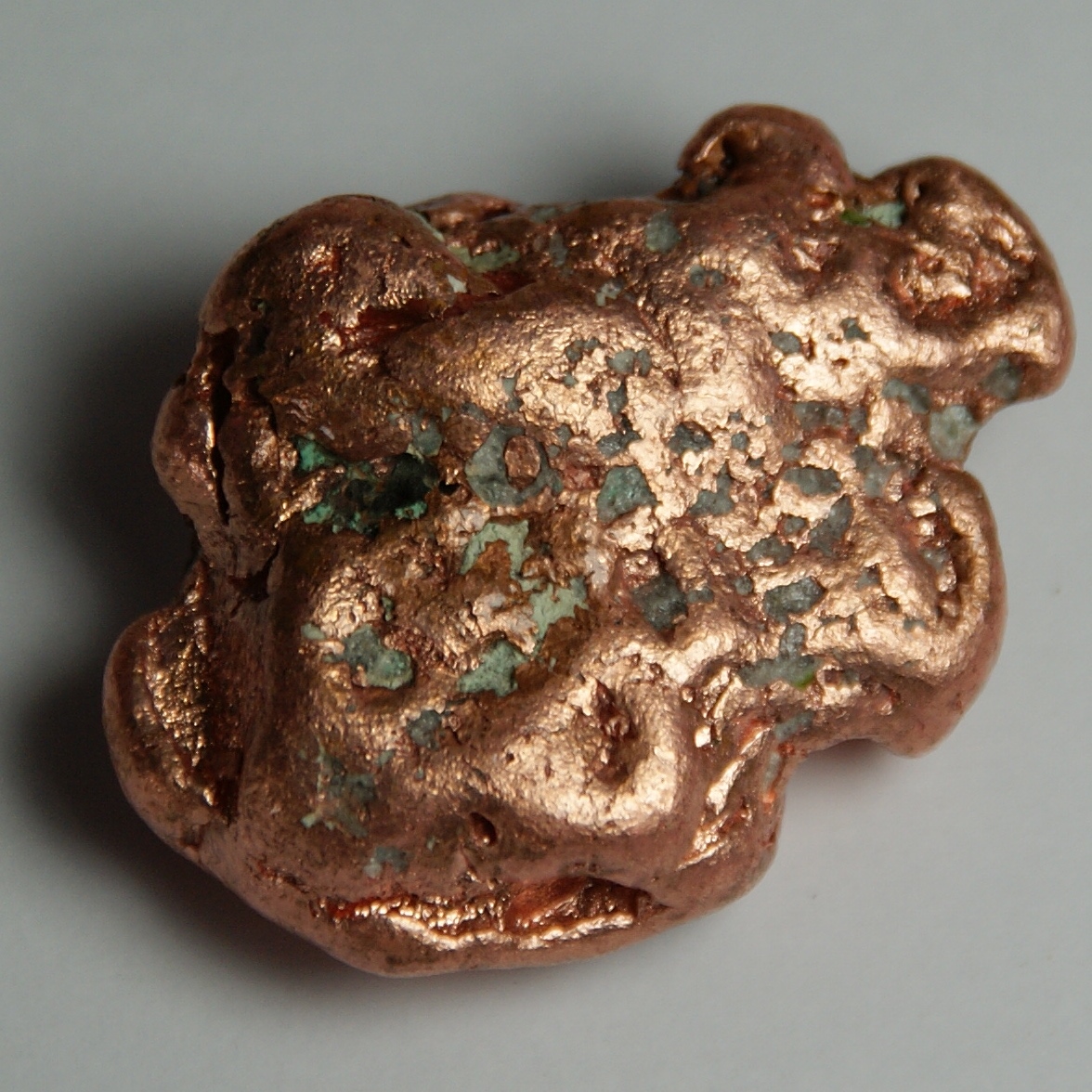Copper has earned its reputation as the quintessential metal in the world of electrical wiring, but what lies behind this consensus? At first glance, one may think it’s just a matter of historical convention or simple availability. However, the secrets to copper’s supremacy in electrical applications extend far deeper. Understanding why copper is the preferred choice for electric wires requires delving into its remarkable conductivity, durability, and various other properties that make it essential in today’s technology-driven society.
Let’s commence with conductivity, the foremost attribute that elevates copper above alternative materials, such as aluminum and iron. Conductivity refers to the ability of a material to conduct electric current. In electrical terms, this current is primarily attributed to the flow of electrons within the material. Copper boasts a high electrical conductivity—approximately 59.6 x 10^6 S/m (Siemens per meter)—allowing it to transmit electrical energy with minimal resistance. This characteristic is not merely anecdotal; it has concrete implications, as low resistance translates to less heat generation and energy loss while current flows through the wire.
Why is this so critical? Consider the way electricity travels through a wire: if resistance is high, the energy dissipates in the form of heat. Inefficiencies stemming from excessive heat generation can jeopardize the integrity of electrical circuits, lead to device failures, and even pose serious safety risks, including fires. Copper’s outstanding conductivity ensures efficient power transmission, making it the linchpin of electrical wiring in buildings, cars, and myriad devices we use daily.
While electrical conductivity is paramount, it is not the only feather in copper’s cap. The metal also scores high on the durability scale. Copper exhibits excellent resistance to corrosion and oxidation. In harsher environments, where other metals would succumb to rust or deterioration, copper flourishes, preserving its conductive properties over time. This resilience is particularly advantageous in electrical installations, where longevity may translate to savings in repair and replacement costs. The lifespan of copper wiring can extend for decades without significant degradation, a vital consideration in the planning of electrical systems within structures.
On a molecular level, the structure of copper lends itself to efficient electron flow. The atomic arrangement and the presence of free electrons in copper allow for an unimpeded path for electrical energy. Compare this to other materials, and one finds they may either lack the same atomic arrangement or possess higher resistivity, causing them to falter when put to the test. Copper’s atomic structure not only champions conductivity but also makes it malleable and ductile—qualities that further enhance its utilization. Whether it is being shaped into intricate wires or formed into dense cables, copper remains steadfast in maintaining its conductive prowess.
Moreover, let’s factor in the environmental considerations of using copper. In an era where sustainability is paramount, copper’s recyclability stands out. Copper can be recycled without any loss of quality, providing a sustainable life cycle that reduces resource depletion and energy consumption. This aspect complements the growing demand for eco-friendly materials in the construction and manufacturing sectors. The more we embrace copper, the more we can tread lightly on our planet, thereby making conscientious choices for future generations.
Curiosity about copper can be further piqued by the myriad applications beyond standard electrical wiring. From circuitry in advanced electronics to renewable energy sources like solar panels and wind turbines, copper plays a starring role. In electric vehicles, for instance, copper wiring enhances efficiency by facilitating rapid energy transfer, enabling vehicles to function seamlessly and enhancing their performance on the road. No longer relegated to just conventional wiring, copper has emerged as an indispensable component in high-tech and innovative domains. The promise of its versatility infinitely broadens the horizons for engineers and designers alike.
As we dig deeper into the implications of using copper for electrical wiring, the challenges that it faces in the modern landscape are also worth noting. Although it has retained its status for centuries, the rising cost of copper could symbolize a shift in the industry. With market fluctuations and geopolitical factors influencing prices, alternative materials, notably aluminum, are being examined. While aluminum, with its lighter weight and lower cost, presents itself as a competitor, it does not match copper’s conductivity or thermal performance. As we evaluate the overall economic and structural implications of these materials, the question remains: will any competitor ever dethrone copper? This uncertainty keeps engineers, manufacturers, and policymakers on their toes, continually assessing options while recognizing the unparalleled performance that copper currently delivers.
In conclusion, copper’s dominance in the electrical wiring sphere can be attributed to a unique blend of properties: exceptional conductivity, remarkable durability, and an environmentally responsible nature. Not only does its atomic structure allow for efficient electron flow, but its sustainable attributes promise a better future for the electrical industry. As we continue to innovate and push the boundaries of technology, copper will undoubtedly remain a central player in the ever-evolving world of electricity. The narrative of copper is as rich and multifaceted as the metal itself—a narrative worthy of exploration and admiration in today’s interconnected realities.
